Biomedical Engineering Reference
In-Depth Information
for example, in blood vessels and cornea, although the ECM structure
may be altered by ice formation [72, 88, 89].
4a.5 Conclusion
Biodegradable scaffolds composed of natural hydrogels made from
biogenic proteins and polysaccharides, and synthetic hydrogels
made from synthetic polymers, are being utilized in tissue engi-
neering to support a wide range of deficient tissues. Natural and
synthetic hydrogels have the advantage of being easy to use to
construct an objective tissue or to inject liquid hydrogel into a dis-
eased area. Biodegradable scaffolds mixed with cells can easily be
injected as a liquid or engrafted as a molded gel onto the affected
part. Subsequently, the transplanted hydrogel is replaced with the
ECM produced by the cells after intravital degradation and absorp-
tion. Although injection of solutions involved with chemokines,
growth factor, hormones, and other drugs results in diffusion to the
surrounding region, the biodegradable hydrogel mixed with those
agents can produce a greater therapeutic effect by controlled re-
lease. On the other hand, scaffolds of decellularized tissue or organs
have the benefit of maintaining a true 3D structure. Although, con-
struction of intact tissues or organs that can perform their original
function is not currently feasible it is expected to be achieved with
further development.
References
1. Langer, R., Vacanti, J.P. (1993). Tissue engineering,
Science
,
260
, pp.
920-926.
2. Vacanti, J.P. (1988). Beyond transplantation. Third annual Samuel
Jason Mixter lecture,
, pp. 545-549.
3. Vacanti, J.P., Langer, R. (1999). Tissue engineering: the design and
fabrication of living replacement devices for surgical reconstruction
and transplantation,
Arch. Surg
.,
123
(Suppl 1), pp. SI32-SI34.
4. Chen, R., Hunt, J.A. (2007). Biomimetic materials processing for tissue-
engineering processes,
Lancet
,
354
, pp. 3974-3979.
5. Nerem, R.M., Seliktar, D. (2001). Vascular tissue engineering,
J. Mater. Chem.
,
17
Annu. Rev.
Biomed. Eng
.,
3
, pp. 225-243.


